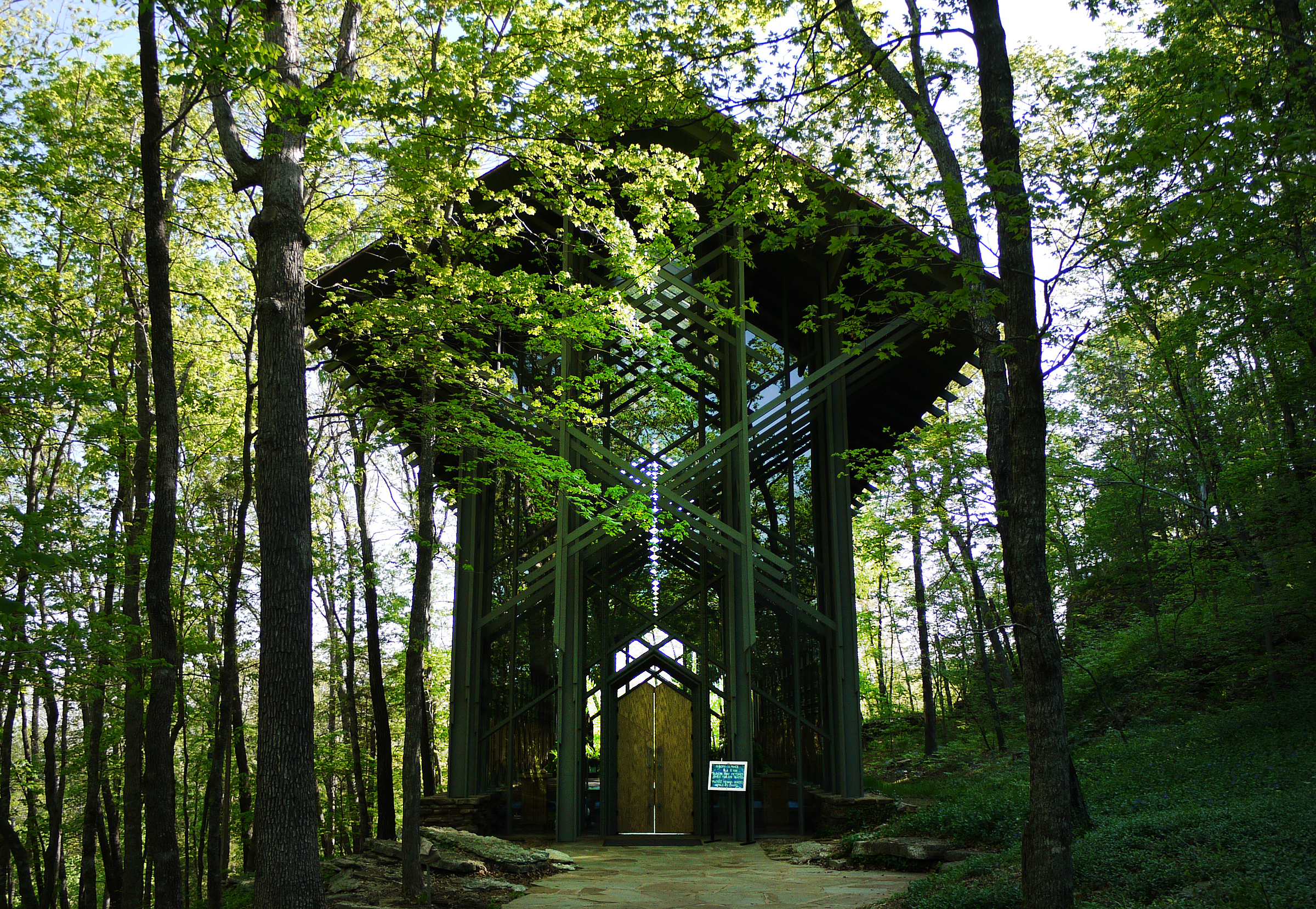For a Zoom breakout room icebreaker the other day, I was asked which three people, passed or living, I would want to have a meal with and why. I didn’t come up with anything too interesting in the moment, but later I thought I might choose Henry David Thoreau. I imagined how he’d look at us this past year — in our isolation from the rest of the world, deeply craving some sort of connectedness and finding that connectedness in nature — and give us a wry “I told you so.”
Until this year, we had been experiencing a concerningly wide gulf between humans and the world outside: Today’s young children can recognize over a thousand corporate logos, but can’t identify more than a handful of local plant or animal species. Adults can count on one hand the number of hours a week they spent outdoors. We do almost everything indoors — cooking, eating, learning, working, sleeping. This is despite the decades of scientific research finding health benefits from spending more time near greenspaces: Increased time outdoors can decrease blood pressure, alleviate anxiety and depression, relieve stress, sharpen cognitive function and aid improvements in mood.
Many of us became walking anecdotes for those findings in the past year, but as the gears in our cities begin to turn toward the “before” time, lending some permanence to newfound human-nature connections will not only improve our lived experiences but also help remedy the climate crisis.
We can start by reconceiving our built environment so that it doesn’t “other” nature. Residential and commercial buildings account for 40% of U.S. carbon dioxide emissions, and efforts to chip away at that number have focused on energy efficiency and decarbonizing electricity grids. But that’s a sledgehammer, not a chisel. What could our built spaces look like if we moved the outside in?
Biophilic design, derived from the term biophilia, or “love of life,” reimagines buildings around the innate human attraction to nature. Biophilic theory posits that because humans have lived in natural habitats for most of our evolutionary period, responding to natural signals — light, weather variations, geographic terrain, plants, other animals — was critical to species survival. Dr. Stephen R. Kellert, a social ecology professor at Yale, writes that these responses became genetically encoded, intertwining with our emotional, intellectual and physical well-being.
Biophilic design is more than just buying more plants for your home or making the windows bigger, though. It aims to build the structure of your home with a sensitivity to the place in nature it occupies, and it doesn’t recognize single, isolated occurrences of nature — instead it treats organisms and spaces as connected elements of an integrated whole. New buildings can be created from harvested local materials, incorporating the region’s geography and terrain into their design, thereby strengthening their cultural attachment to their location. Renovations can introduce natural light and ventilation through reflective materials, skylights and atriums, such that people working or resting inside experience consistent and sustained interactions with nature.
We can also apply biophilic design to city streets. Many municipalities have already begun making their streets more pedestrian- and bicycle-friendly to encourage people to use their cars less, but urban revitalization can also include redesigning main streets to serve as linear parks, maintaining urban tree canopy for its cooling properties and installing green walls and rooftop gardens to act as stormwater management systems. Some have even suggested, perhaps more radically, that urban street design purposefully construct traffic calming structures to make vehicle transportation slower and more careful.
Building in this way blurs the transition spaces; it moves the outdoors past the threshold into our homes, offices and businesses, and it brings these structures to life — almost literally. It decreases our energy consumption and embeds a curiosity and an empathy for the natural world. This empathy and curiosity isn’t just “problem-focused,” treating nature as important only insofar as it is a victim of human aggravation. Instead, it thinks about how to endow nature with meanings, not problems, for longer-term, collective re-interactions with our everyday spaces that can ultimately be beneficial for our planet.
Thoreau welcomed a natural landscape escaped from civilization. In that imagined dinner party, I might suggest amending that. Nature does not have to be remote. I think we’ve found during the pandemic, as we take our calls under the shade of a tree or take our classes on a bench outside, that nature can exist in human-occupied places, the suburban and the urban, as well. Moving beyond this dichotomy, that nature must be either pure and undisturbed or otherwise exploited and dominated, can allow us to find ourselves somewhere in the in-between space. Here, we can rest: Nature isn’t something that needs to be saved from the human touch. We can let our guard down and so can the environment we inhabit. The Earth is fragile, but we are capable of a gentle love.
The Daily is committed to publishing a diversity of op-eds and letters to the editor. We’d love to hear your thoughts. Email letters to the editor to eic ‘at’ stanforddaily.com and op-ed submissions to opinions ‘at’ stanforddaily.com.
Follow The Daily on Facebook, Twitter and Instagram.
